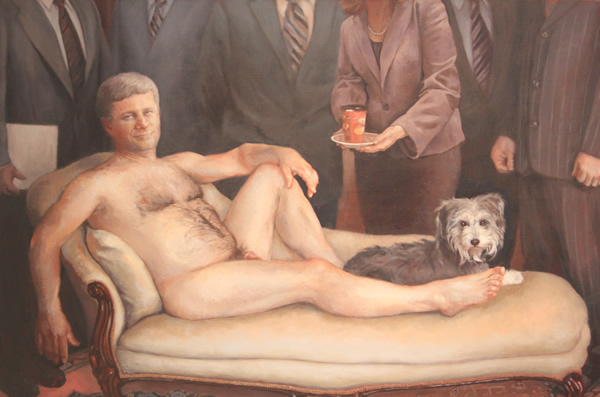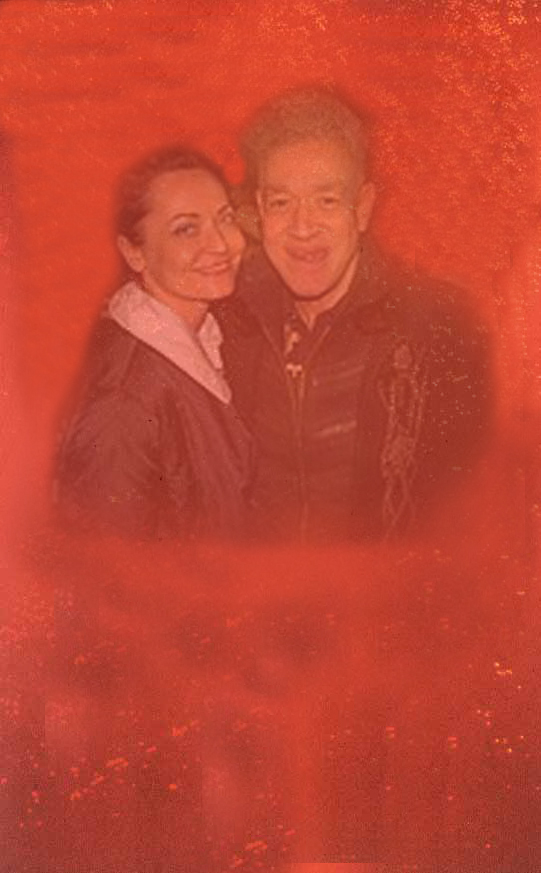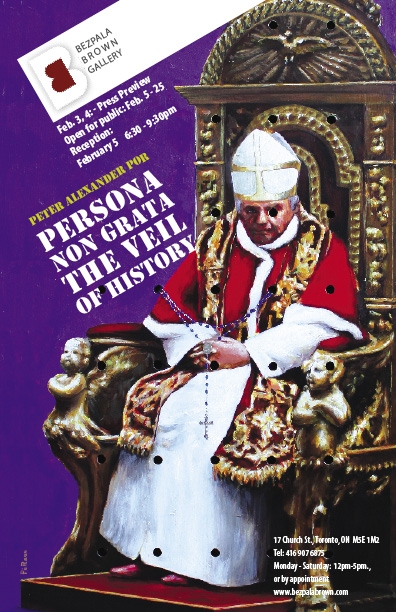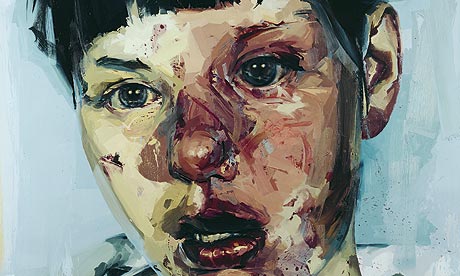All of which goes to show that modern art, modern artists and the galleries that display modern art are all encased in their own curious little effete bubbles, isolated from the real world and those who inhabit it.
To add to the farce, the alleged artist declared the Titian painting on which his exhibit was loosely – extremely loosely – based the “ultimate fable about voyeurism”. So why complain when he reaches his intended audience?
From here:
It was supposed to be a tribute to a Renaissance master.
But the National Gallery’s latest exhibition – which features women recreating nude scenes from Titian’s paintings – is attracting a type of visitor not normally found in the capital’s cultural landmark.
Curators are disturbed at the plethora of ‘dirty old men’ who come to look through peepholes at the naked models, ignoring the masterpieces on the wall.
The Diana installation, part Metamorphosis: Titian 2012, was conceived by Turner Prize winner Mark Wallinger, whose previous work includes a video of himself dressed as a bear wandering aimlessly around a gallery.
[….]
‘We really have sunk to new lows with this idea. These visitors have no interest in art at all.’


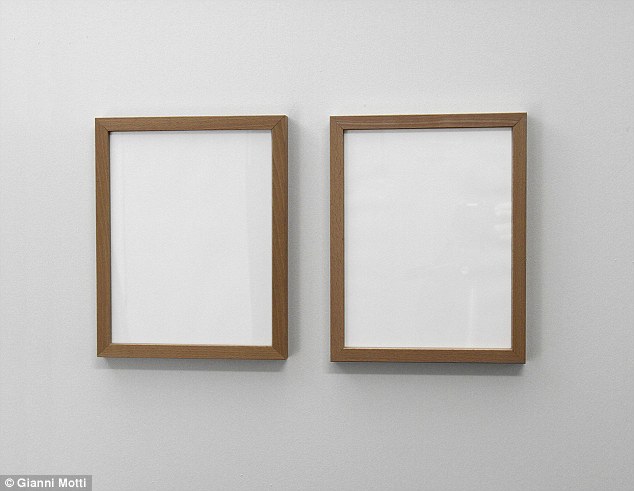 It looks like the aftermath of a museum robbery.
It looks like the aftermath of a museum robbery.